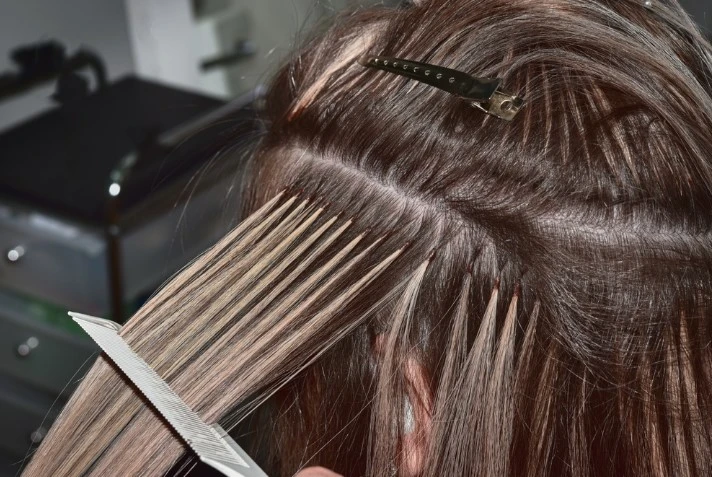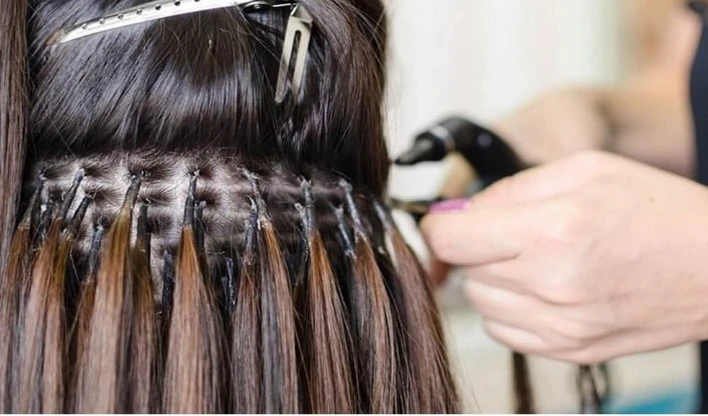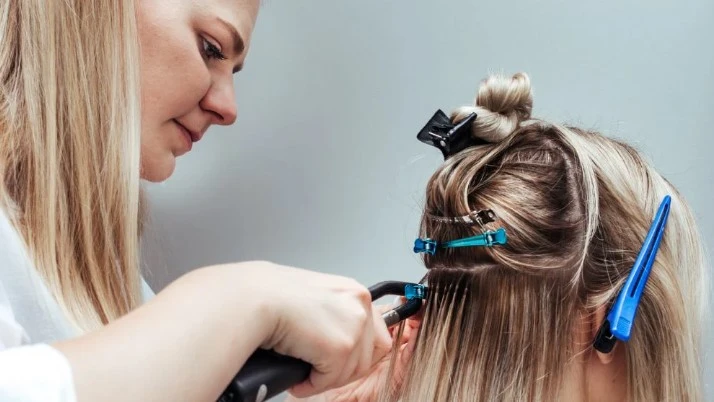Londoners embrace hair extensions for their ability to transform appearance, but taking them out can be daunting. Whether you wear tape-ins, micro rings, or keratin tips, improper removal risks breakage, thinning, or lasting damage to your natural hair. To maintain healthy locks, safe removal is critical. Many clients who visit Ivana Farisei for keratin bond hair extensions ivanafarisei.co.uk value professional advice on home care, and the same care should apply when it’s time to remove extensions. Arm yourself with the right knowledge and tools to safeguard the hair you’ve worked so hard to enhance.
Recognising When to Remove Hair Extensions Safely
Extensions are not meant to be permanent. Understanding when to remove them is crucial for keeping your natural hair in optimal condition. Over time, hair growth causes bonds or tapes to move away from the scalp, leading to tangling, matting, or even traction alopecia if left unchecked. Signs it’s time for removal include visible gap between the bond and scalp, excessive shedding around the bonds, or discomfort such as itching or scalp tenderness. If extensions look sparse, uneven, or are difficult to style, these are clear indicators they have reached the end of their useful life.
The average wear time varies by method: keratin-bonded and tape-in extensions typically require removal every 8–12 weeks, while micro rings and nano ring systems may last slightly longer with maintenance. Environmental factors such as humidity or exposure to hard London water can also affect adhesive integrity. Delaying removal increases risk of tangling and breakage, making safe removal more time-consuming and less predictable. Adhering to the recommended time frame preserves hair structure and prevents unnecessary stress on scalp and cuticles. For all methods, it’s best to plan for a dedicated removal session rather than attempting to rush the process.
Step-by-Step Guidance for Safe Hair Extension Removal
Removing extensions safely demands patience, quality tools, and method-specific techniques. Attempting to pull or cut extensions can lead to serious and sometimes irreversible damage. Always start by gathering purpose-built removal tools such as bond dissolvers, sectioning clips, and a sturdy, wide-toothed comb.
Removing Keratin Bonds and Tape-Ins
For keratin bonds, a reliable bond remover specifically formulated for keratin is essential. Apply a small amount directly to each bond and gently massage until the bond softens. Use extension pliers to break up the softened bond, then slide it off, taking care not to pull on the natural hair. For tape-ins, saturate the adhesive area with a tape remover, wait for the adhesive to dissolve completely, and gently separate the wefts from your hair. Work in small sections and never force the tapes apart.
Micro Rings and Nano Bonds
These methods use small metal rings to secure extensions to your natural hair. To remove, use micro ring pliers to gently squeeze the ring in the opposite direction of application, allowing it to open and release the extension strand. Aim to work methodically along the scalp to prevent missing any bonds or rings.
London residents often opt for low-maintenance methods such as nano bond extensions Ivana Farisei offers nano bond extensions ivanafarisei.co.uk which use ultra-miniature beads for maximum comfort and discretion. Similar removal protocols apply—small, measured movements with the correct tool ensure minimal pulling or tugging.

General Aftercare Post-Removal
Once extensions are removed, detangle the hair thoroughly and shampoo to eliminate residue or buildup. Follow with a nourishing conditioner or a light protein treatment to restore moisture and elasticity to your natural hair. Avoid reapplying new extensions immediately; give your hair at least one to two weeks’ rest to recover. If you notice any unusual thinning or irritation, consult a hair care specialist before your next installation.
Common Mistakes to Avoid and Maintenance Best Practices
Mistakes during removal can compromise the health and longevity of your natural hair. Avoid these pitfalls to ensure the process goes smoothly:
- Never use household oils, acetone, or anything not specifically designed for hair extension removal.
- Do not rip, cut, or pull extensions—this causes breakage and thinning.
- Skipping sectioning leads to missed bonds and matting near the roots.
- Neglecting to support the hair at the bond can strain follicles and result in shedding.
- Overlapping removal products can cause scalp irritation or allergic reaction.
Ivana Farisei provides guidance for care throughout the extension journey, including removal of specialty blends like ombre hair extensions Ivana Farisei offers ombre hair extensions ivanafarisei.co.uk that require careful attention due to their colour transitions and bond structure.

A structured approach helps you avoid setbacks:
- Section hair methodically for visibility and access.
- Use only professional-grade removal solutions matched to your extension method.
- Remove bonds or rings slowly, supporting the natural hair.
- Detangle gently with a wide-toothed comb after each section is completed.
- Condition thoroughly post-removal and allow the scalp to rest.
When to Seek Professional Help for Removing Hair Extensions
There are times when home removal is not advisable. If you feel unsure, encounter excessive matting, or have sensitive scalp conditions, book a consultation with a certified extensionist. Professional salons in London use industry-standard techniques and products to ensure a gentle, thorough removal process. If extensions were installed using a method unfamiliar to you or if previous DIY attempts caused damage, expert intervention protects your hair from further harm.
Time invested in proper removal is a vital part of the hair extension journey, safeguarding the strength and beauty of your natural hair and ensuring you enjoy healthy, vibrant results with every future set.

